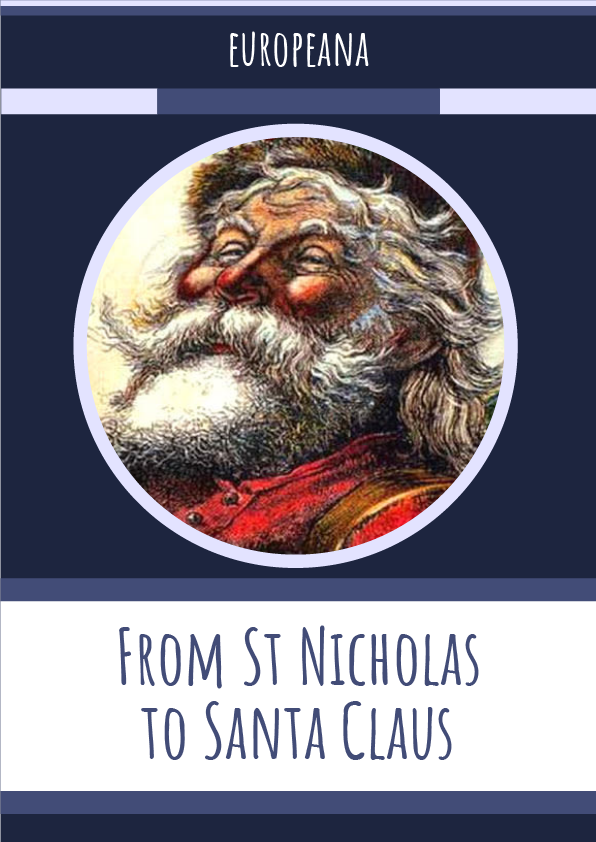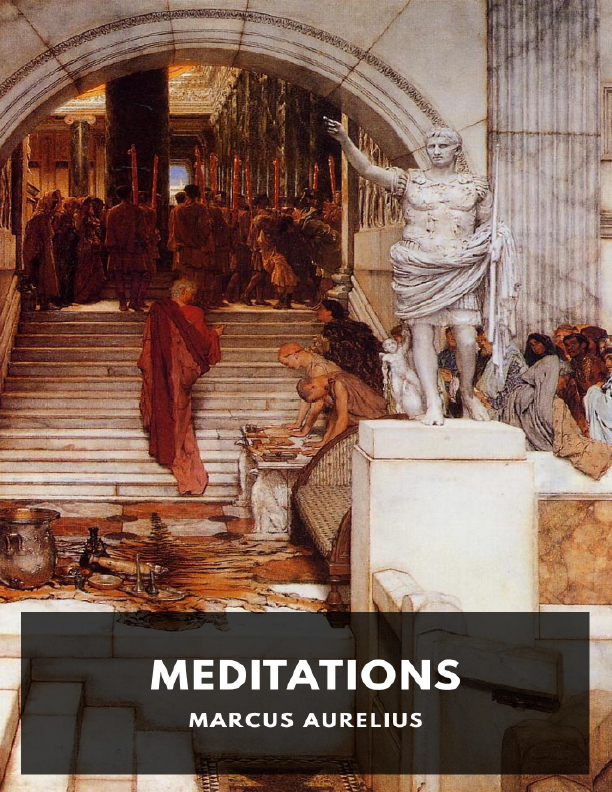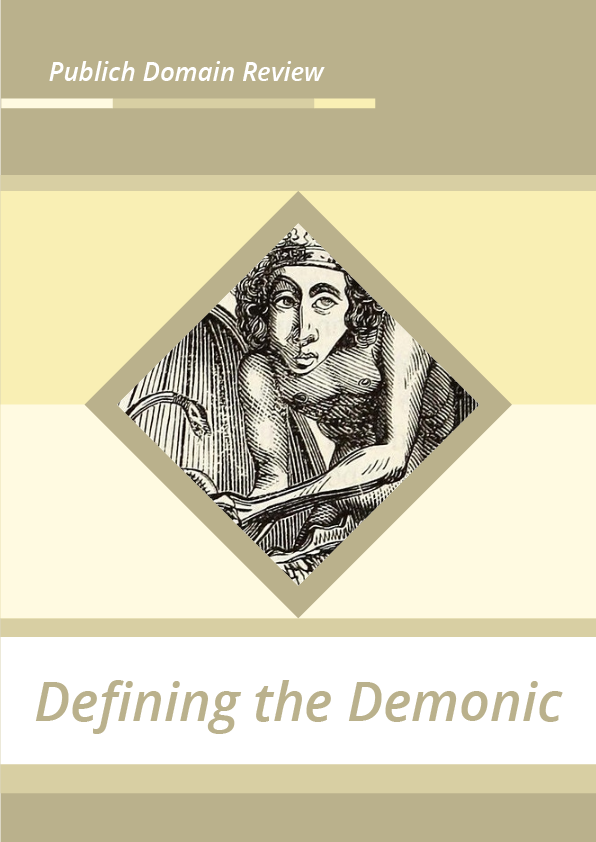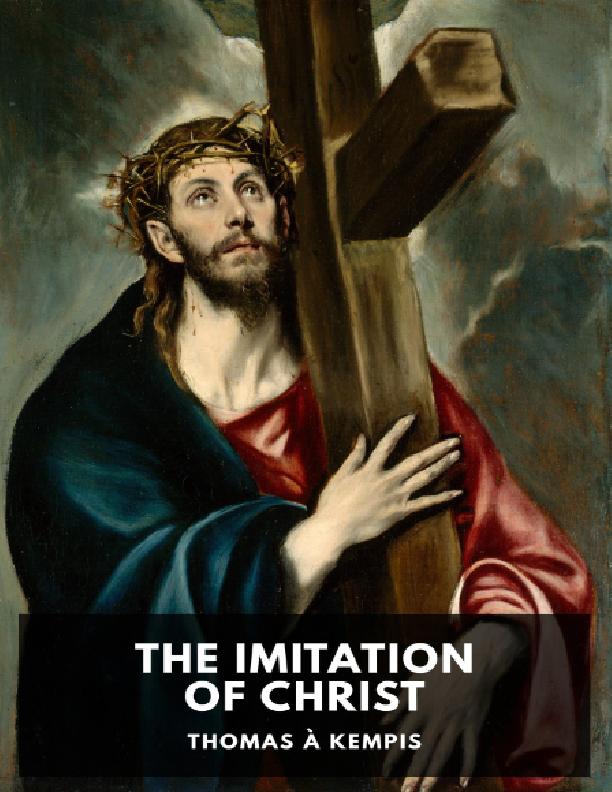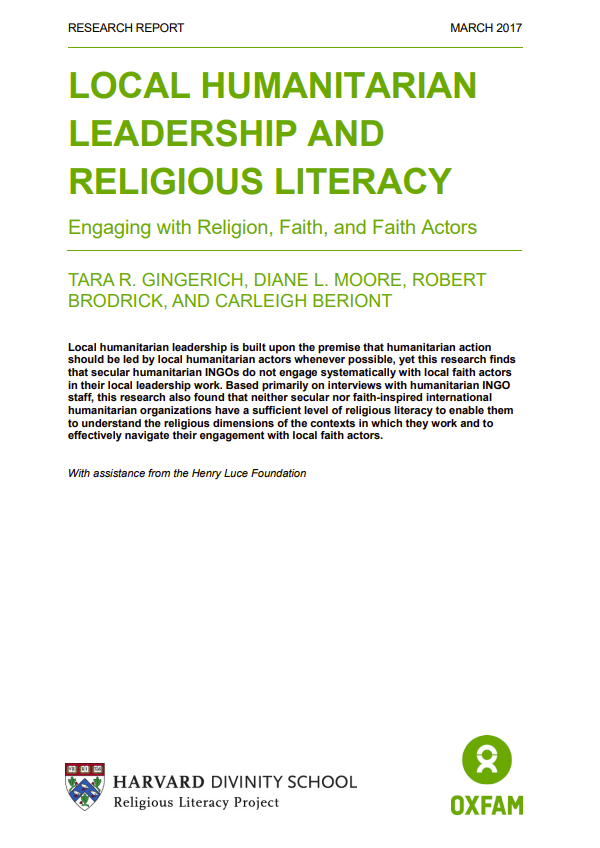He’s a man of many names – Saint Nicholas, Nikolaos of Myra, Nikolaos the Wonderworker, Nikolaos of Bari, Sinterklaas and of course, Santa Claus.
As well as becoming the figure we associate with Christmas gift-giving, St Nicholas is also the patron saint of sailors (being known as ‘Lord of the Sea’ in Greece), merchants, archers, thieves, children, pawnbrokers and students in various cities and countries around Europe.
Who was Saint Nicholas?
A boy called Nikolaos was born in Lycia, Greece, (now part of Turkey), nearly 2,000 years ago, in March 270 to be exact. He was the only son of wealthy parents who died in an epidemic when Nikolaos was still quite young.
After this tragedy, Nikolaos went to live with his uncle, a bishop, and went on to become a priest himself, and then became Bishop of Myra.
Bishop Nikolaos was one of the bishops who signed the Nicene Creed, which is a document that forms the mainstream definition of Christianity for most Christians.
In one legend about him, Nikolaos helps three children when they are murdered by a butcher and are to be sold as ham (or meat pies depending on the legend you hear). Nikolaos’s prayers resurrect the three children, saving them from their Sweeney Todd style fate. This story gives us a good idea of why St Nicholas is known as a protector of children.
His remains (relics) now lie split between Bari and Venice in Italy and perform another miracle on a regular basis. It is said that every year his relics in Bari produce a liquid that has miraculous powers. There are potential natural explanations for this, but why spoil the story of a miracle?
Where does the present giving tradition come from?
Nikolaos developed a rather wonderful habit of secretly giving presents to people – he did things like putting coins in people’s shoes.
In one of the most famous stories about him, Nikolaos learned of a poor man with three daughters who couldn’t afford a dowry for them. Rather than let the story play out, with the daughters having to resort to prostitution, Nikolaos secretly helped the family by passing by the house at night and throwing a purse full of gold coins for each daughter in through the window.
This present-giving to other people’s homes under the cover of darkness persists in the tradition of Santa Claus.
When should we celebrate St Nicholas?
St Nicholas’s feast day is 6 December. Many communities still celebrate on this date. Why 6 December? Because that’s the date he died in the year 343 at the age of 73.
Nuns in medieval times are said to have anonymously left baskets of food and clothing on the doorsteps of those in need each 6 December. And sailors visited Nicholas fairs on 6 December for small presents which they gave to their children on that date ‘from St Nicholas’, saving the larger presents for Christmas.
